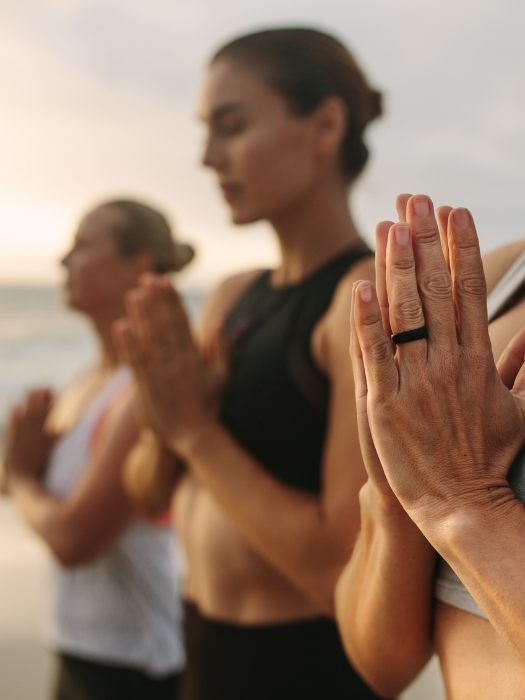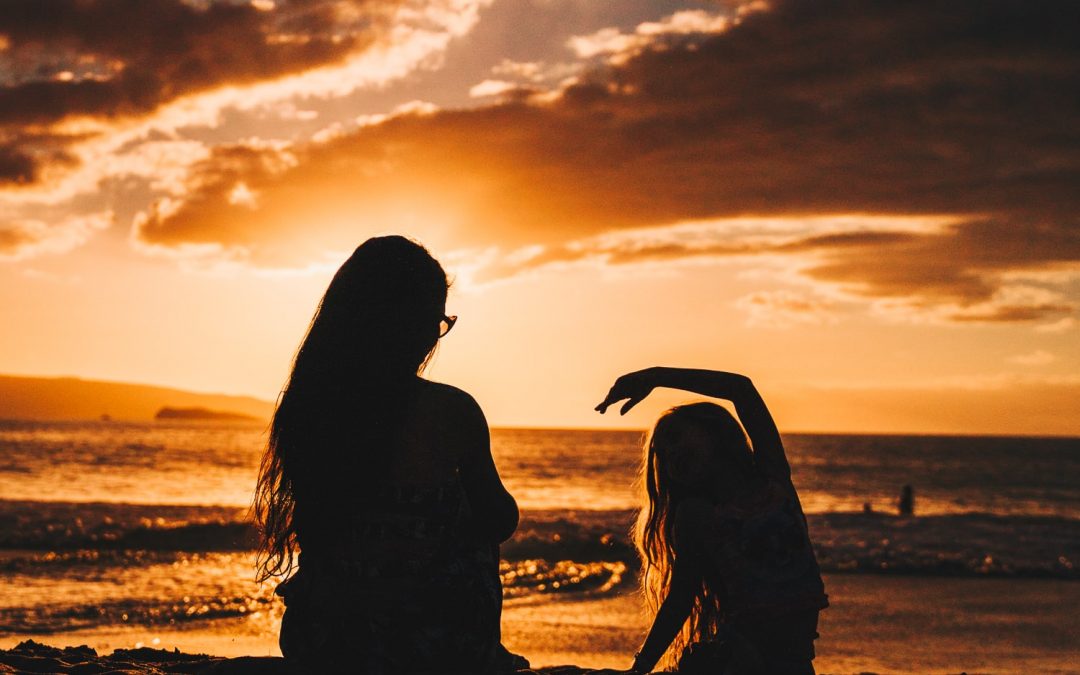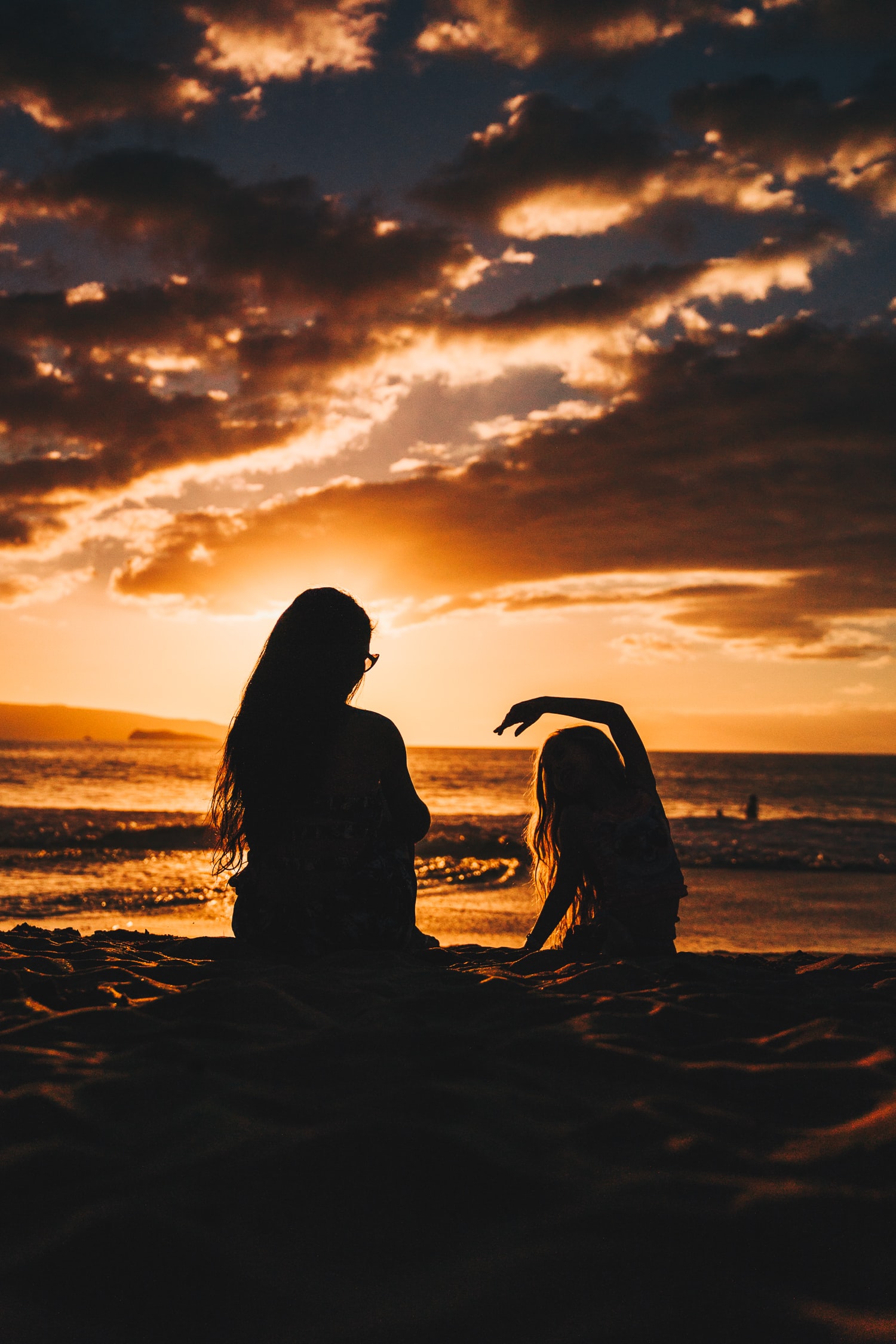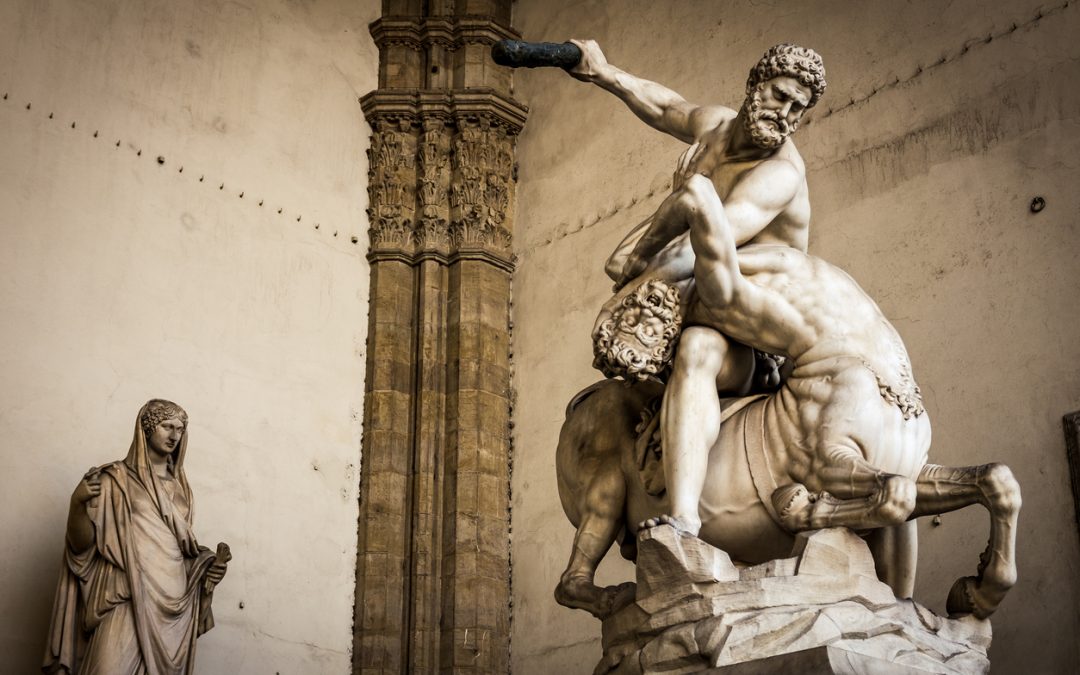
The “Gift” of Trials on the Spiritual Path
The “Gift” of Trials on the Spiritual Path
Trials are not the part of the spiritual path most of us ask for. We long for the light, the insight, the ease, the joy. And yet, anyone who has truly walked a spiritual path knows: trials are not optional. They are essential.
Each trial that arrives in our life — whether it comes as heartbreak, failure, illness, or disillusionment — is an invitation. On the surface, it feels like opposition. Beneath the surface, it is initiation.
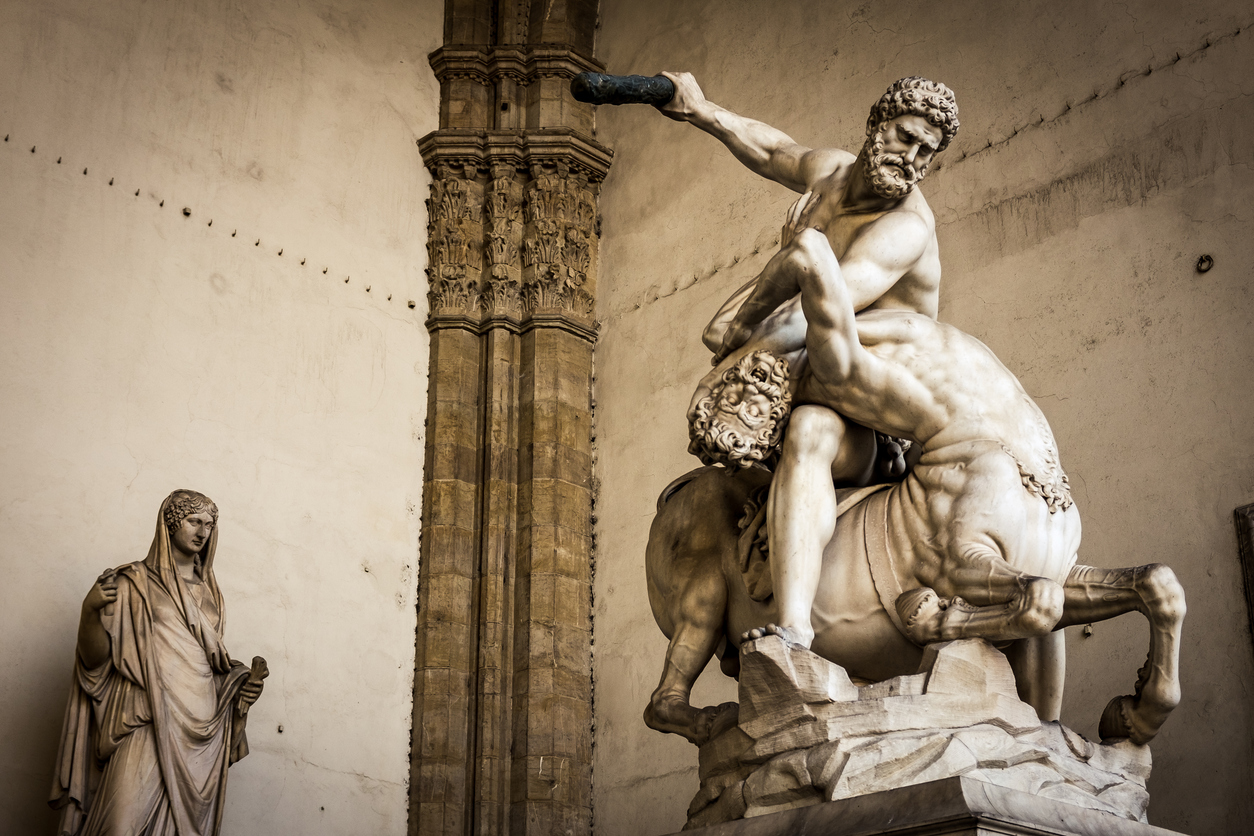
Why We Face Trials
From a spiritual perspective, trials are not punishments. They are the means by which we grow. Without them, we remain untested and therefore untempered. Much like gold refined in fire, our soul gains its luster through the heat of life’s challenges.
Every trial asks us questions:
- Will you give up or go deeper?
- Will you shrink back into fear, or expand into faith?
- Will you abandon your commitment when it is hard, or hold fast to it with humility?
Trials, in this way, are mirrors. They show us where we are strong, where we are fragile, where our ego still holds sway, and where our soul longs for freedom.
The Ego and the Test
One of the greatest lessons of trials is the unveiling of our ego. When things are easy, it is simple to appear spiritual, kind, and devoted. But when hardship comes, the ego shows itself. Our defenses flare. Our fears rise. We are tempted to control, to collapse, or to run away.
This unveiling is not failure. It is the work. To see ourselves clearly — even in our most raw, ego-driven moments — is to stand at the doorway of transformation. Trials strip us of illusion so that we can see what still needs healing.
The Role of Personal Power
Trials also invite us into personal power. Without grounding in our own capacity to choose, we collapse into victimhood. We blame others. We spiral into despair. But when we claim personal power, even in small ways, we begin to see the trial differently.
Instead of asking, Why is this happening to me? we begin to ask, How am I being invited to grow? What is my role in what is unfolding?
This shift does not make the trial easier — but it makes it purposeful. And purpose gives us strength.
Commitment in the Fire
Trials are where commitment is tested. It is easy to be devoted when the path is smooth. The real measure of our devotion is whether we can remain aligned when the ground shakes beneath us.
In this sense, trials refine not only our strength but also our sincerity. They strip away superficial motives and ask us to choose again, to recommit at a deeper level. Sometimes, the choice is not glamorous. It may look like showing up one more time, breathing through one more moment, whispering a prayer when all feels lost. But these are the very acts that forge true devotion.
The Sweet Reward
Though trials feel bitter as we endure them, their fruit is sweet. They give us wisdom that no book could teach. They deepen our humility, soften our hearts, and root our strength in something eternal.
Many spiritual teachers have echoed this truth: that our pain and difficulties are not obstacles to our path but gateways into it. Each time we survive a trial with openness and sincerity, our soul grows more resilient, more compassionate, and more aligned with truth.
An Invitation
If you are in a trial now, know this: you are not being punished. You are being initiated. This hardship is not the end of your path but part of its very design.
Ask yourself: What am I being asked to let go of? What am I being asked to embody more deeply? Where is this trial pointing me?
Trials will come, again and again. But so will grace. And if you meet your trials with humility, personal power, and commitment, you will find that each one is secretly a teacher — guiding you ever closer to freedom.


